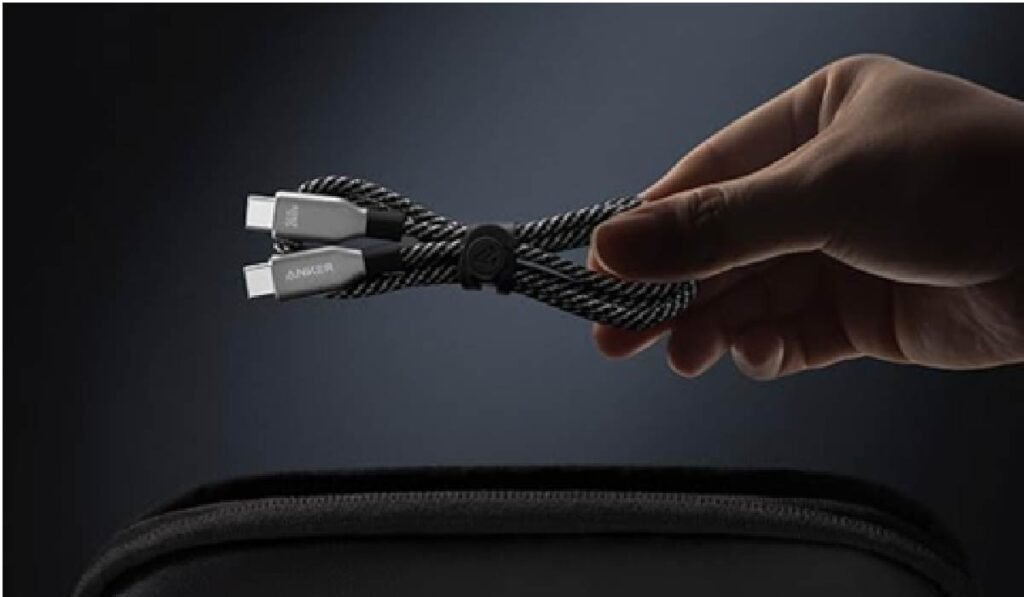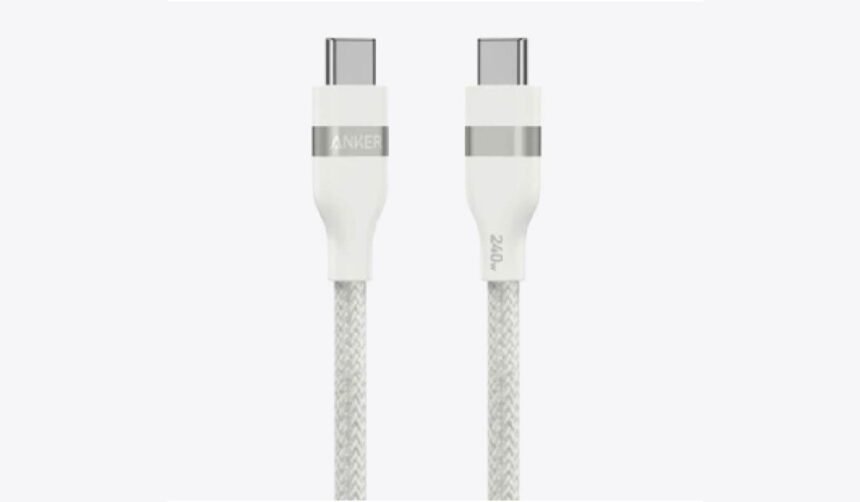Selecting the optimal USB cable length requires balancing technical performance with practical usability. The right choice ensures efficient charging, reliable data transfer, and convenient daily use across various scenarios. While shorter cables typically deliver maximum efficiency, longer options provide necessary flexibility for specific setups. This guide examines the key considerations for choosing USB cable lengths, focusing on performance characteristics, practical applications, and construction quality. Understanding these elements will help you select cables that maintain optimal functionality while adapting perfectly to your environment. Whether setting up a workstation, entertainment system, or portable solution, the appropriate cable length significantly enhances your device experience without compromising performance.
Understanding Length Limitations and Performance Impact
Technical Constraints of USB Cable Length
USB specifications define maximum cable lengths to maintain signal integrity and power delivery. USB 2.0 cables support up to 5 meters, while USB 3.0/3.1 are limited to 3 meters due to higher data transfer requirements. Thunderbolt passive cables typically max out at 2 meters. These limitations exist because electrical signals degrade over distance, potentially causing data errors or reduced charging efficiency. High-quality cables with better shielding and thicker copper conductors can maintain performance closer to these maximum limits. Understanding these technical parameters helps select cables that ensure reliable operation for both power delivery and data synchronization tasks across various usage scenarios.
Cable Length Affects Charging Speed
Cable length directly influences charging efficiency through increased electrical resistance over distance. Longer cables experience greater voltage drop between the power source and device, potentially reducing charging speed. This is particularly critical for fast-charging technologies like Power Delivery (PD) or Quick Charge (QC), which require precise voltage levels. For optimal fast-charging performance, cables under 1 meter generally deliver the best results. However, premium longer cables with thicker power conductors (20-22 AWG) can maintain efficient charging up to 2 meters. Anker’s PowerLine cables use enhanced wire gauges to minimize voltage drop, ensuring consistent charging performance even at extended lengths while providing superior durability.
Practical Applications and Scenario-Based Selection
Ideal Cable Lengths for Different Environments
Selecting appropriate cable length depends significantly on your specific usage environment. Desktop configurations benefit from 1-2 meter cables that offer organization while permitting device movement. Bedside charging works best with 0.5-1 meter cables that minimize clutter. Home entertainment centers usually require 2-3 meter cables to connect media devices to displays. Portable scenarios favor compact 0.3-0.5 meter cables for easy transport. Vehicle charging optimally uses 1-1.5 meter cables reaching from outlets to mounts. Always measure your required distance before purchasing, adding modest extra length for flexibility while avoiding excessive cable that creates management challenges. This approach ensures both convenience and functionality.
Balancing Convenience with Technical Performance
The perfect cable length strikes a balance between practical accessibility and technical performance. While shorter cables provide superior charging speeds and data reliability, longer cables deliver necessary reach for comfortable usage. For permanent installations where devices remain stationary, choose the shortest cable that comfortably reaches its destination. For scenarios requiring movement, select slightly longer cables that enable natural device interaction. High-quality cables from reputable manufacturers maintain performance across longer distances through superior construction. The ideal length enhances user experience by providing sufficient freedom without compromising efficiency. This balance ensures optimal performance while accommodating your specific usage patterns and environmental requirements.
Cable Quality and Construction Considerations
Materials and Manufacturing Affect Performance
Cable quality fundamentally determines performance at any length. Conductor thickness (wire gauge, AWG) is paramount—lower gauge numbers indicate thicker wires with lower resistance. For charging cables longer than 1 meter, select power conductors with 20-22 AWG to minimize voltage drop. Shielding quality is equally crucial for data cables; dense braided shielding prevents signal interference, ensuring stable transmission. Reinforced connector joints with molded strain relief protect against internal damage from bending, enhancing durability and preventing performance degradation. These construction elements ensure reliable operation across the cable’s lifespan, making quality construction particularly important for longer cables where performance challenges are more significant.
Identifying Quality Cables Through Design Features
Visible indicators help identify high-quality cables. Check for certification marks like USB-IF for industry standards, or Apple’s MFi for iOS compatibility. Physical inspection reveals important clues—premium cables feel substantial and flexible due to better internal materials. Anker PowerLine usb cables feature clear certification labeling and durable woven nylon braiding that resists tangling. These characteristics indicate whether a cable will maintain stable performance at your required length. Additionally, examine connector plating—gold-plated connectors resist corrosion better than standard coatings. Choosing reputable brands with transparent specifications ensures you get cables that deliver promised performance while withstanding daily use demands.

Conclusion
Selecting the right USB cable length requires balancing technical specifications with practical usage needs. Understanding length limitations, performance characteristics, and quality indicators ensures optimal selection for your specific requirements. Shorter cables generally provide better charging and data transfer performance, while longer cables offer necessary flexibility for particular configurations. Always consider your primary use case, device requirements, and construction quality when determining length. High-quality cables maintain performance across greater distances, making them valuable investments. By applying these principles, you can choose USB cables that deliver reliable performance while perfectly matching your connectivity needs, ultimately enhancing your device experience through optimized functionality and seamless integration into daily routines.







